
Process Engineer, specialised in ammunition production and FPV drone analysis. Lvl 1 Certified Amateur Rocketeer 🚀. #NAFO fella. Member of @Tochnyi.
How to get URL link on X (Twitter) App

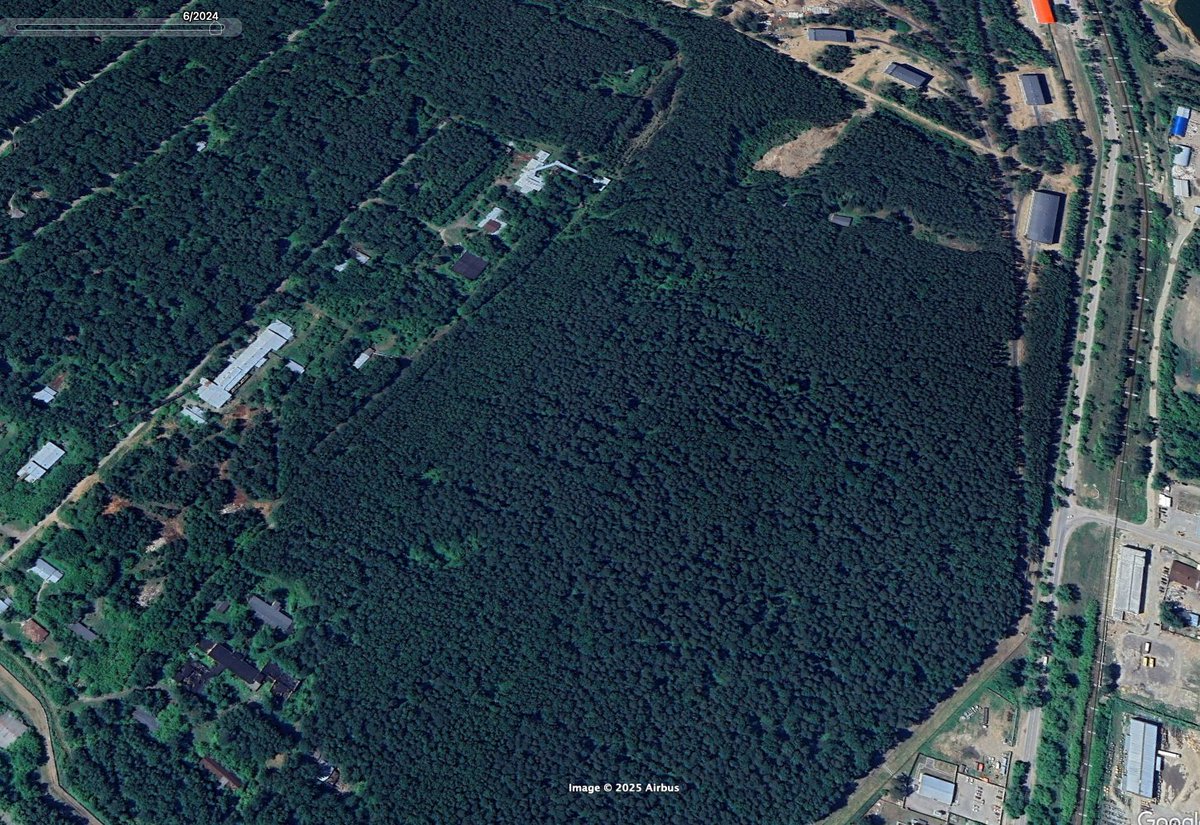

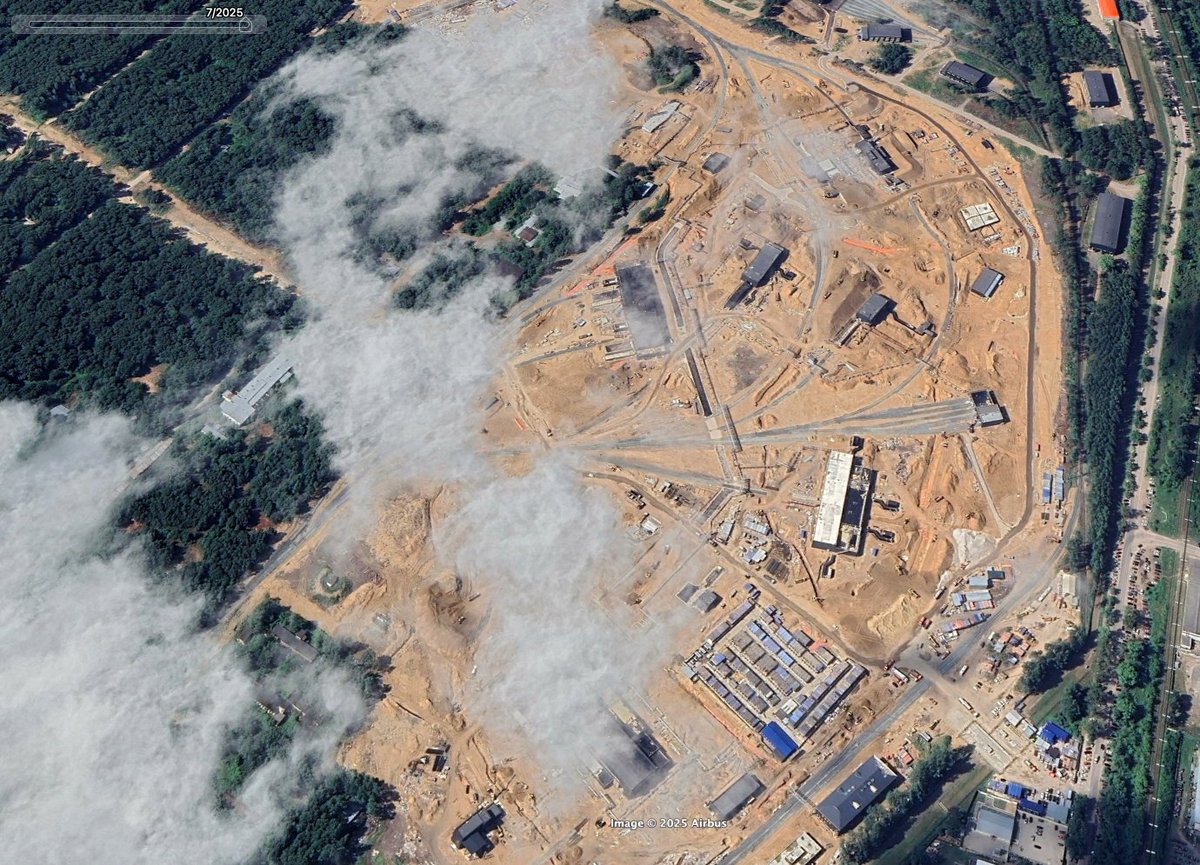 2. Perm and Iskra plants are places where weapons to kill more Europeans are made right now, while you sleep and while you order your Latte at the bar. This place produces different types of missiles, and this is just after 1 year.
2. Perm and Iskra plants are places where weapons to kill more Europeans are made right now, while you sleep and while you order your Latte at the bar. This place produces different types of missiles, and this is just after 1 year. 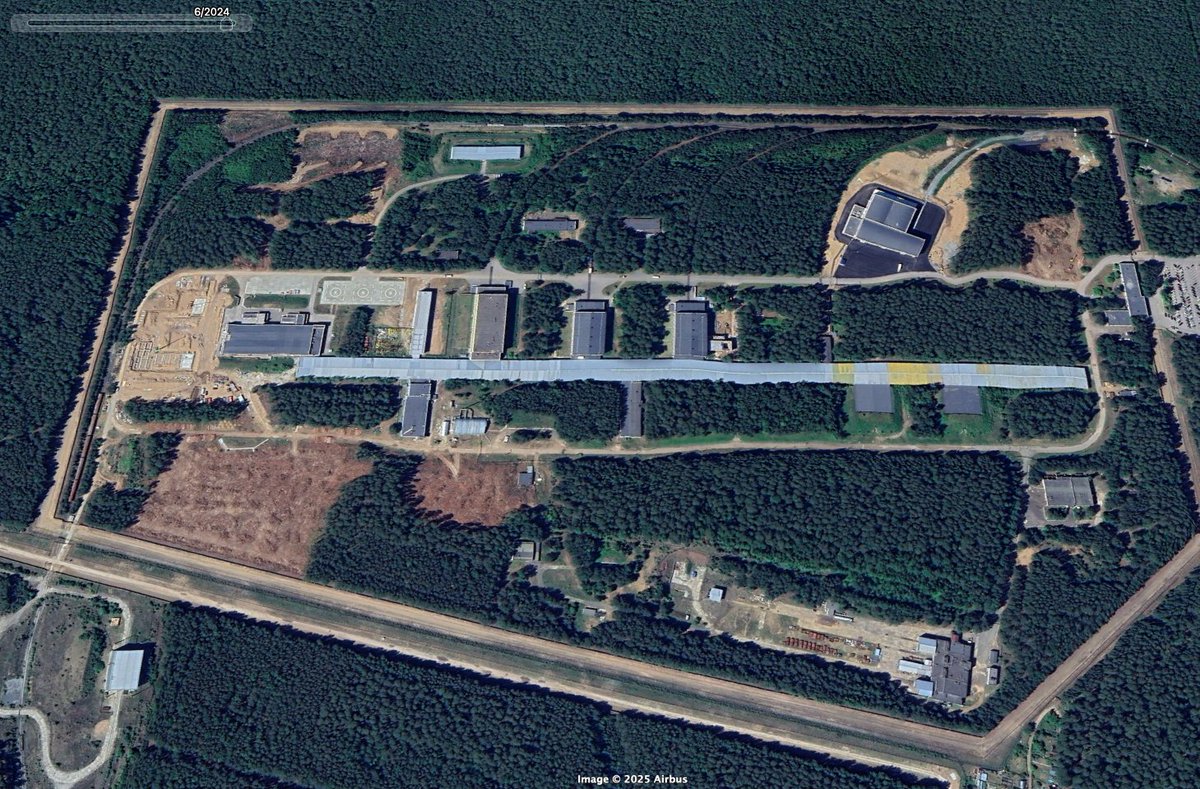
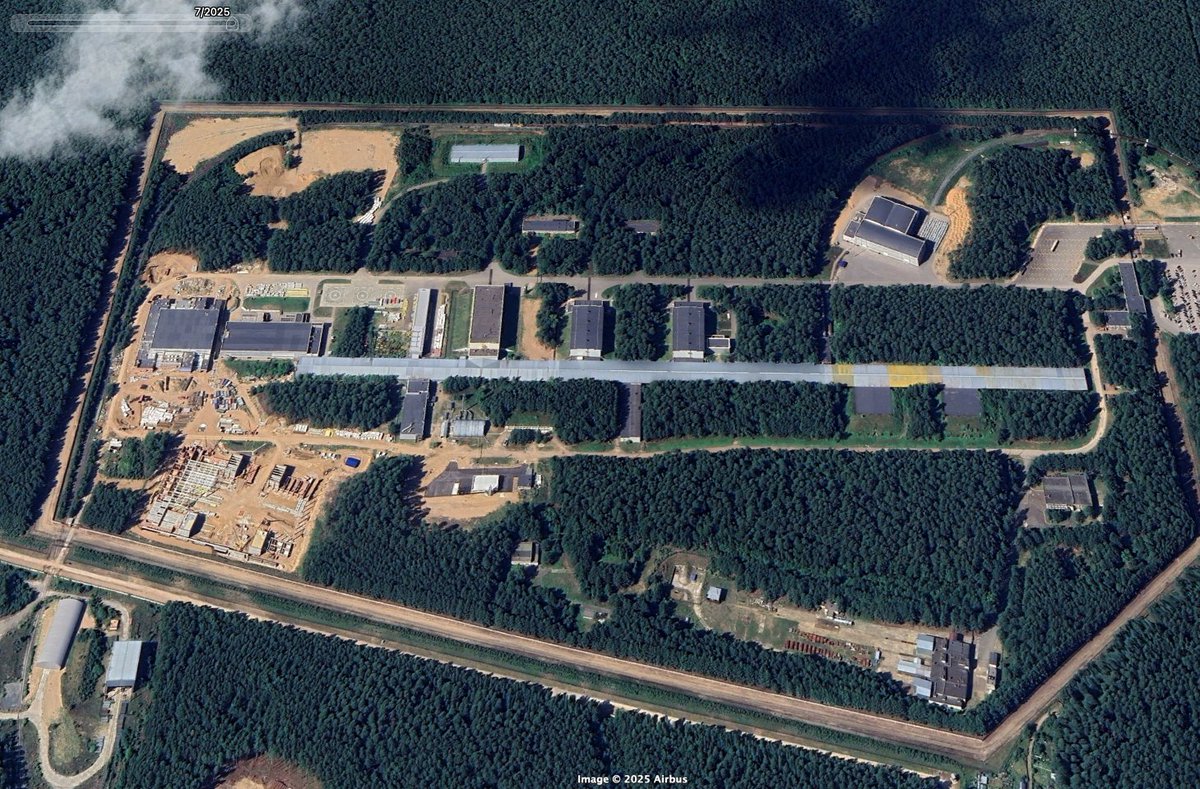

 1. If you’d like to dive straight into the full investigation, you’ll find the link below. But for those following along here, this thread offers a summary of our main findings.
1. If you’d like to dive straight into the full investigation, you’ll find the link below. But for those following along here, this thread offers a summary of our main findings.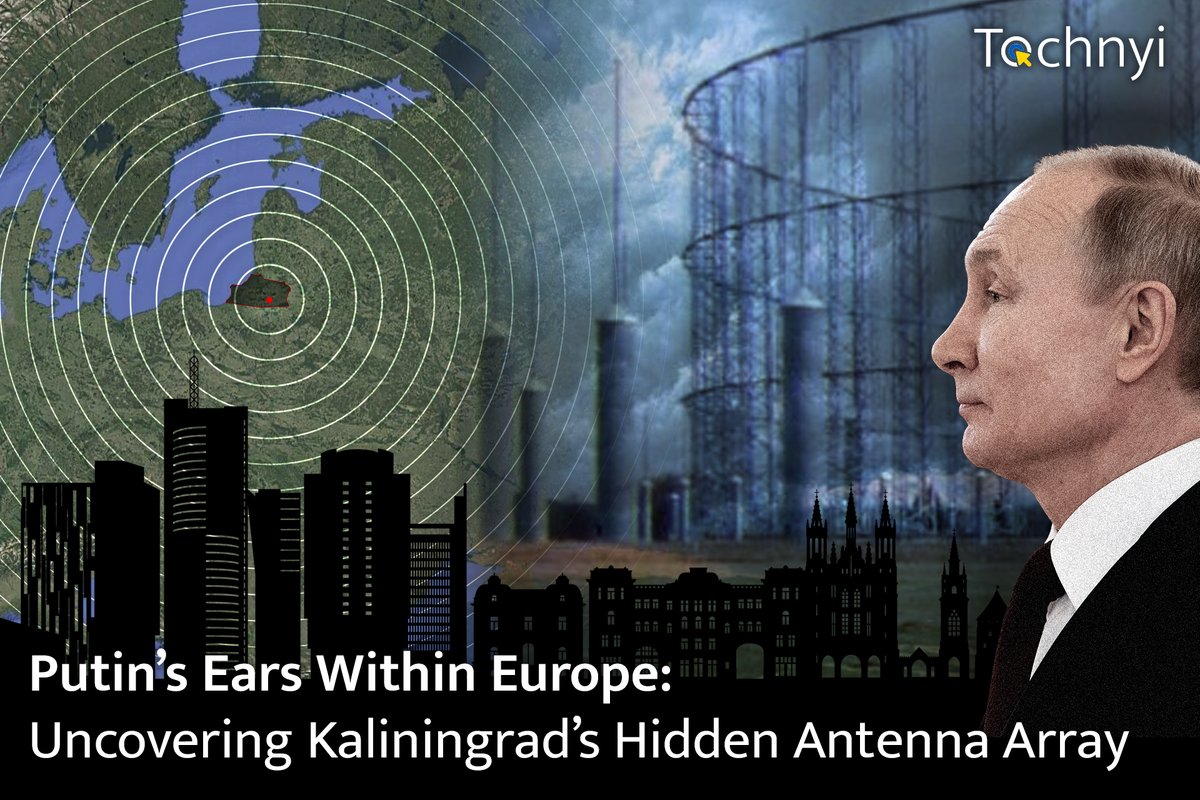
 1. The full article can be found here:
1. The full article can be found here: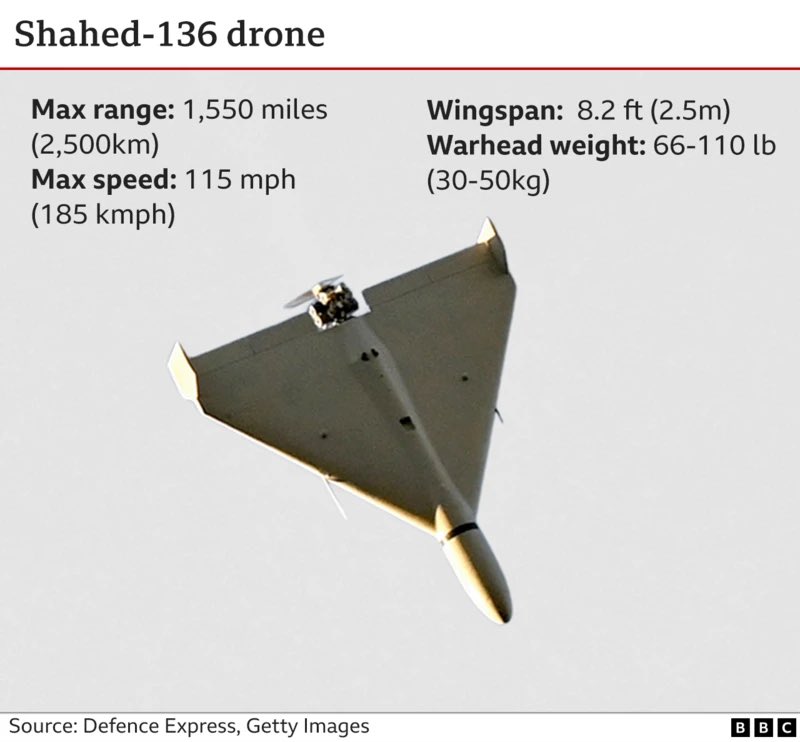
 2/
2/


 On June 1, 2025, Ukraine executed meticulously planned, multi-pronged, and most advanced FPV drone missions to date operation targeting airbases that house long-range bombers. For a thorough analysis, refer to our linked main article. 1/6tochnyi.info/2025/06/a-deep…
On June 1, 2025, Ukraine executed meticulously planned, multi-pronged, and most advanced FPV drone missions to date operation targeting airbases that house long-range bombers. For a thorough analysis, refer to our linked main article. 1/6tochnyi.info/2025/06/a-deep…

 2. Based on the information currently available is possible to understand that the attack was actuated with the use of solely slow-moving drones. The key strength of this system is its ability to change path and follow long elusive trajectories.
2. Based on the information currently available is possible to understand that the attack was actuated with the use of solely slow-moving drones. The key strength of this system is its ability to change path and follow long elusive trajectories. 

 2. The attacks involve specific platforms that have evolved through ongoing efforts to enhance Ukraine's long-range drone capabilities in terms of range, payload, manoeuvrability, and production.
2. The attacks involve specific platforms that have evolved through ongoing efforts to enhance Ukraine's long-range drone capabilities in terms of range, payload, manoeuvrability, and production. 

 2. The absence of incoming drones and no air defence is evident. Hits in sequence are followed by larger explosions, indicating a potential ballistic attack. A jet engine noise is heard at 2:12, possibly caused by noise distortion from the explosions.
2. The absence of incoming drones and no air defence is evident. Hits in sequence are followed by larger explosions, indicating a potential ballistic attack. A jet engine noise is heard at 2:12, possibly caused by noise distortion from the explosions.

 2. Long-range strike weapons provide strategic impacts beyond the battlefield by targeting critical locations behind enemy lines. Their main functions include counter-population, strategic interdiction, counter-leadership, and counterforce. tochnyi.info/2024/11/reachi…
2. Long-range strike weapons provide strategic impacts beyond the battlefield by targeting critical locations behind enemy lines. Their main functions include counter-population, strategic interdiction, counter-leadership, and counterforce. tochnyi.info/2024/11/reachi…







 2/6 This schematic illustrates why the southern region, despite its clear vulnerability, is less impacted by fires—at least those visible. Notably, the largest open-air storage area has been quite active. Stockpiles from 2021 until summer 2023, appear significantly depleted and are likely not being replenished with new materials. In addition, the central open-air section of the northern part of the depot seems largely empty.
2/6 This schematic illustrates why the southern region, despite its clear vulnerability, is less impacted by fires—at least those visible. Notably, the largest open-air storage area has been quite active. Stockpiles from 2021 until summer 2023, appear significantly depleted and are likely not being replenished with new materials. In addition, the central open-air section of the northern part of the depot seems largely empty.

 2/7 First of all, while everyone is rushing to see the ashes, I spent some time examining how this site was built. The initial information we have gathered from 2013 to 2018 indicates that the forest ground has not been excavated. Soil has been moved, and construction started in a big rush. This is a problem because to offer more protection, you would dig a few meters into the ground and then build your concrete shell.
2/7 First of all, while everyone is rushing to see the ashes, I spent some time examining how this site was built. The initial information we have gathered from 2013 to 2018 indicates that the forest ground has not been excavated. Soil has been moved, and construction started in a big rush. This is a problem because to offer more protection, you would dig a few meters into the ground and then build your concrete shell.

 2/n The offensive itself, taking many international observers by surprise, saw successful advances made by the Ukrainian Armed Forces within the first few hours and days of the operation. Operations in the Kursk area have been intensifying and were likely already taking shape by early June. During the lead-up to the offensive, there was an escalation in activity overall, but particularly in terms of drone strikes - which Andrew and his team documented at the time.
2/n The offensive itself, taking many international observers by surprise, saw successful advances made by the Ukrainian Armed Forces within the first few hours and days of the operation. Operations in the Kursk area have been intensifying and were likely already taking shape by early June. During the lead-up to the offensive, there was an escalation in activity overall, but particularly in terms of drone strikes - which Andrew and his team documented at the time.

 1/n Since 2009, Russia has invested a large amount of resources into improving its metallurgical production facilities, an industry which stagnated after the fall of the Soviet Union. For the detailed research, here is the article’s link: tochnyi.info/2024/08/on-the…
1/n Since 2009, Russia has invested a large amount of resources into improving its metallurgical production facilities, an industry which stagnated after the fall of the Soviet Union. For the detailed research, here is the article’s link: tochnyi.info/2024/08/on-the…

 2/n David detailed in his article on Forbes, he covered this twice, such methodology, which was discover already many months ago. It created a mixture of emotions among experts and commentators, but it can be seen as a natural response to a problem, EW.
2/n David detailed in his article on Forbes, he covered this twice, such methodology, which was discover already many months ago. It created a mixture of emotions among experts and commentators, but it can be seen as a natural response to a problem, EW.


 2/7 🇨🇳China leads the world in cotton production with a production peak in 2022 of 6000 (1000 tonnes), followed by 🇮🇳India and 🇺🇸 the USA. There are also other important producers like Australia, Turkey and Brazil. Check out this chart for a visual comparison of their production volumes.
2/7 🇨🇳China leads the world in cotton production with a production peak in 2022 of 6000 (1000 tonnes), followed by 🇮🇳India and 🇺🇸 the USA. There are also other important producers like Australia, Turkey and Brazil. Check out this chart for a visual comparison of their production volumes.
